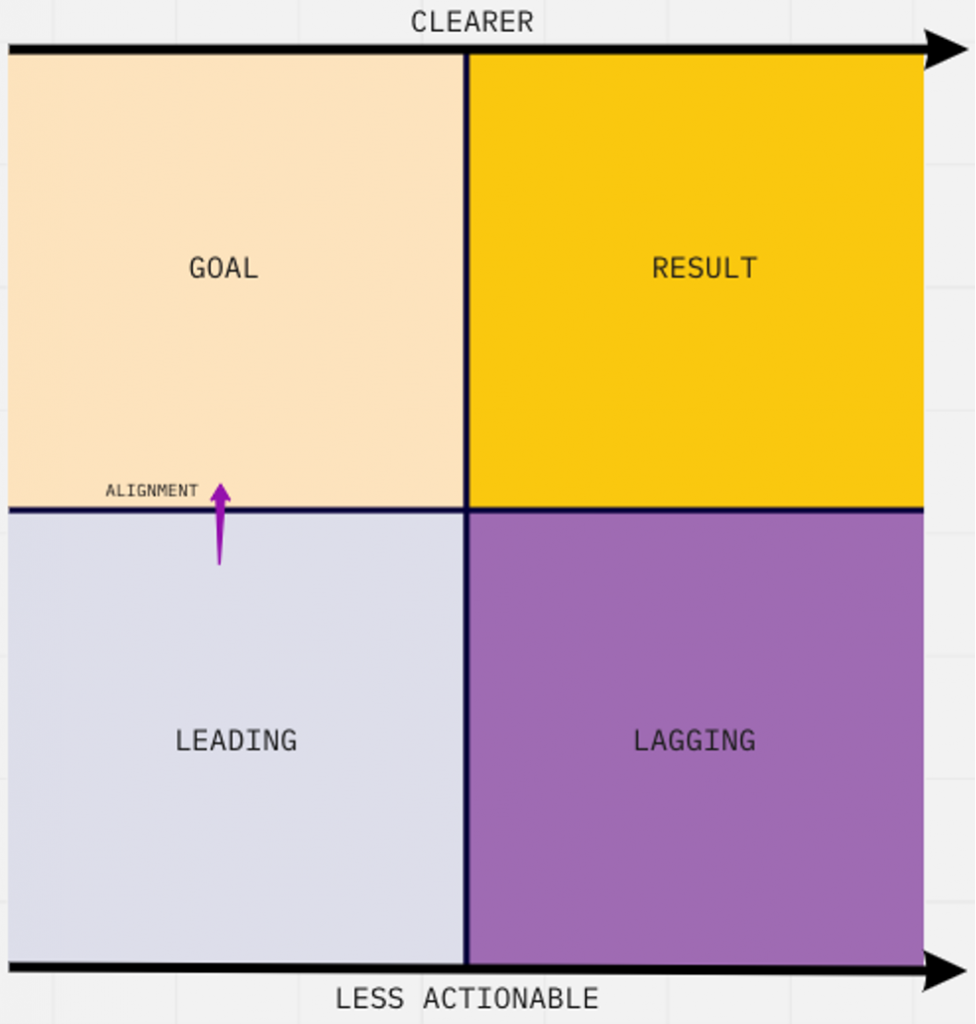If you’re not leading, you’re lagging.
Leading indicators are what analytics should be about. Identifying and capturing them should be what process development and process management should be about.
Let me explain.
The problem with the way that many businesses treat analytics is that they focus on analytics as being about “results” themselves. If used correctly, analytics should be about the behaviours that lead to the results.
Results are lagging indicators. Analytics should be about behaviours. Behaviours are leading indicators. They tell you where you’re going.
This is because of a paradox of business that I like to call the paradox of indicators. This is familiar to many who have read about polarity management or have been stuck looking at lagging indicators and have learned the lesson already.
Simply put, lagging indicators are usually the things that appear in financial statements. They are very important and, at the end of the day, they’re the indicators of how well your company has done. They are total closed deals and new revenue for sales people. In finance, they are metrics like EBITDA or profit.
Results tell you nothing about how you’re doing. They just let you know what you did in the past.
The worst part is that if you’re focused on these types of data on the fancy dashboard you think is connecting you with your business, you’re likely wrong. You are looking at the past. You’re observing what your staff and teammates did in the past. So any changes you make as a result of those data are likely too late.

That’s the paradox of indicators. Tracking your lagging indicators (results) won’t let you effect changes when they’re needed. How can you change the amount of revenue your sales team brought in last fiscal quarter if the primary thing you are tracking is their total sales by fiscal quarter? You can’t. Until it’s too late.
Only leading indicators let you adjust and improve as you go.
At Evolved Metrics, when we help clients with process design and change management, we start with leading indicators. We structure our engagements around focus on identifying leader indicators at each stage of the business processes we analyze so that, after designing the processes, we can help our clients track and report their progress. Clients can then proactively adjust when they see that the leading indicators aren’t meeting expectations.
The goal is alignment between your processes and the leading indicators that will tell you if your process are bearing fruit.
Analytics exist to help you make decisions based on current events. Basing actions on past events is a recipe for atrophy and slowness.


